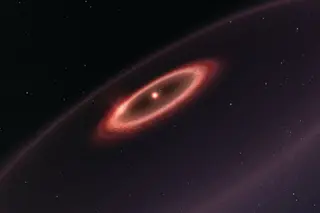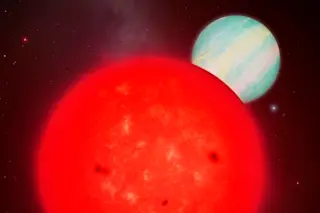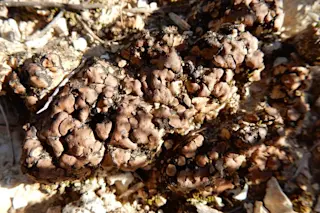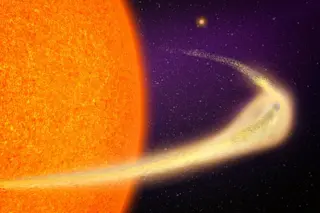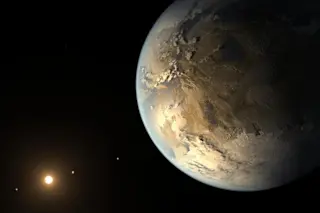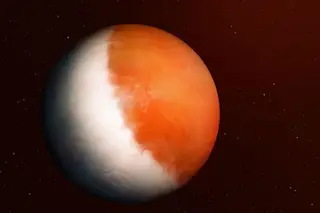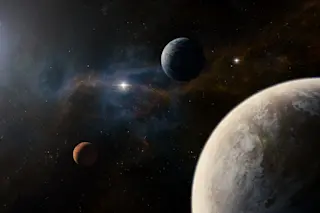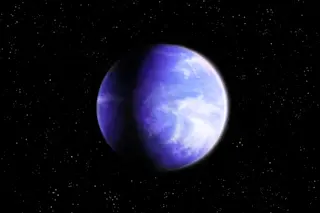An artist’s impression of the dust belts around Proxima Centauri. (Credit: ESO) Our nearest neighboring star just got a whole lot richer as a system—and a whole lot weirder. In research published today in the Astrophysical Journal Letters, researchers from the European Southern Observatory announced … quite a few things, really. The biggest and brightest—literally—of their discoveries is a ring of icy dust around our nearest star, Proxima Centauri, that’s sort of like that system’s version of the Kuiper Belt. The Kuiper Belt is a circumstellar disc of material that envelopes the solar system's planets. The belt contains rocks and ices left over from the formation of the solar system's planets, and also includes dwarf planets like Pluto. But Proxima Centauri is a star that's much smaller than the Sun, so its dust belt sits much closer, about 1 to 4 times the distance of the Earth to the Sun ...
Proxima Centauri's Dust Belt Hints at More Planets
Discover the intriguing Proxima Centauri dust belt, a sign of potential planetary formation in our nearest stellar neighbor's system.
More on Discover
Stay Curious
SubscribeTo The Magazine
Save up to 40% off the cover price when you subscribe to Discover magazine.
Subscribe

